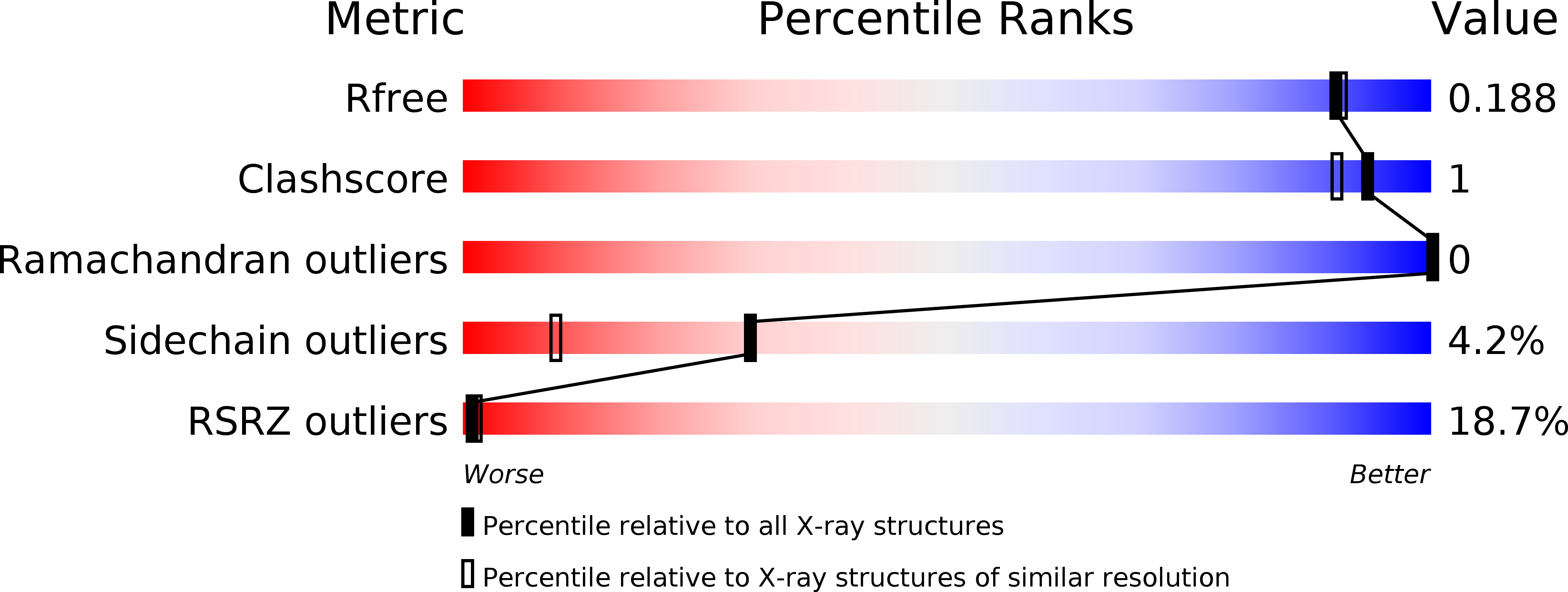
Deposition Date
2006-06-13
Release Date
2006-11-14
Last Version Date
2023-10-25
Entry Detail
PDB ID:
2HAW
Keywords:
Title:
Crystal structure of family II Inorganic pyrophosphatase in complex with PNP
Biological Source:
Source Organism:
Bacillus subtilis (Taxon ID: 1423)
Host Organism:
Method Details:
Experimental Method:
Resolution:
1.75 Å
R-Value Free:
0.18
R-Value Work:
0.16
R-Value Observed:
0.16
Space Group:
P 21 21 21


